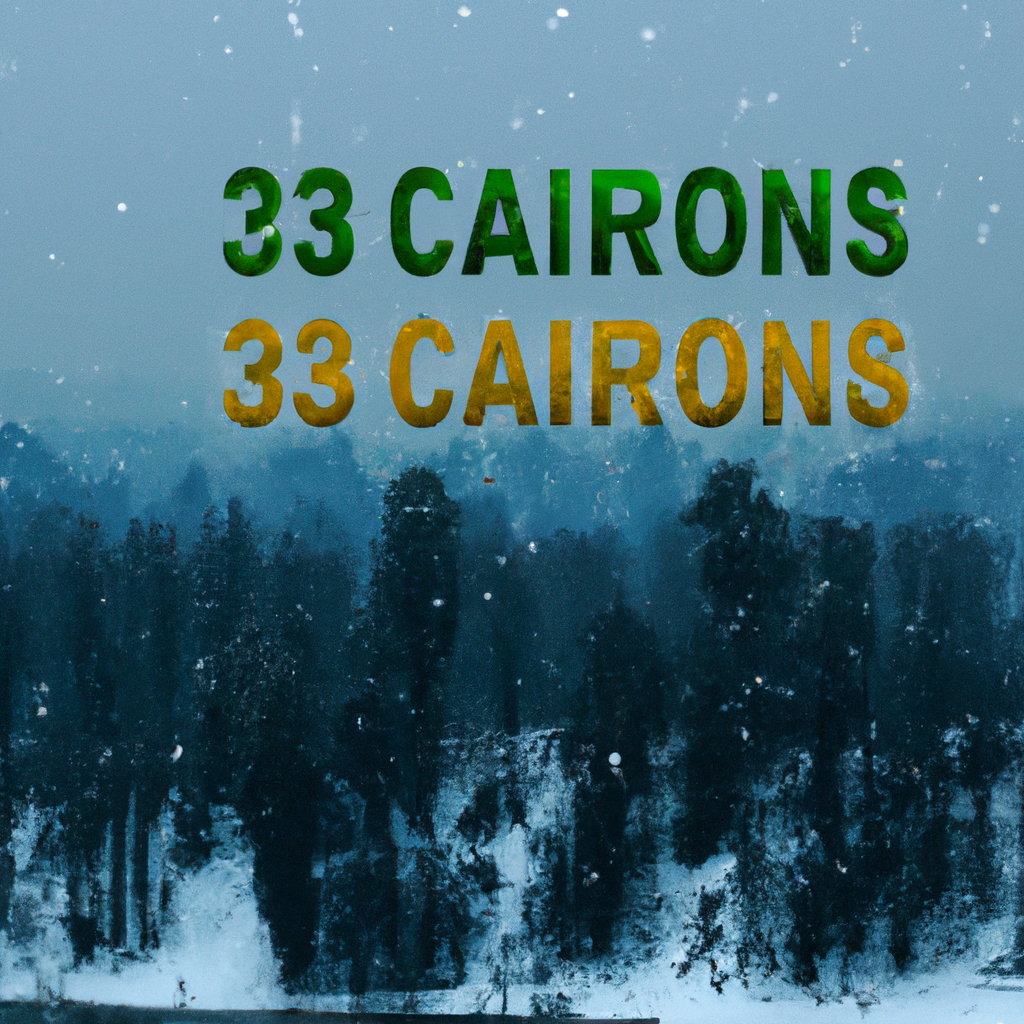-
Table of Contents
- Unveiling the Snowfall Patterns in Kashmir: Which Month Records the Highest Snowfall?
- Understanding the Snowfall Pattern in Kashmir
- Which Month Records the Highest Snowfall in Kashmir?
- Case Study: Snowfall in January 2020
- Impact of Heavy Snowfall in January
- Conclusion: Embracing the Snowy January in Kashmir
Unveiling the Snowfall Patterns in Kashmir: Which Month Records the Highest Snowfall?

Known as the ‘Paradise on Earth’, Kashmir is a region that boasts of its enchanting beauty, picturesque landscapes, and serene environment. One of the most captivating aspects of this region is its snowfall, which transforms the valley into a white wonderland. But, have you ever wondered which month witnesses the highest snowfall in Kashmir? Let’s delve into the details.
Understanding the Snowfall Pattern in Kashmir
The winter season in Kashmir typically starts from late November and lasts until March. However, the intensity and frequency of snowfall vary from month to month. The snowfall pattern in this place is influenced by several factors, including the Western Disturbances, temperature, and altitude.
Which Month Records the Highest Snowfall in Kashmir?
According to the meteorological data and local observations, January is the month that typically records the highest snowfall in Kashmir. This is primarily due to the peak of the Western Disturbances during this month, which brings heavy snowfall to the region.
Case Study: Snowfall in January 2020
For instance, in January 2020, Kashmir witnessed one of the heaviest snowfalls in recent years. The snowfall started in the first week of January and continued intermittently throughout the month. The highest single-day snowfall was recorded on January 12, with a whopping 60 cm of snowfall in just 24 hours. The total snowfall recorded in January 2020 was approximately 218 cm, making it the month with the highest snowfall that year.
Impact of Heavy Snowfall in January
The heavy snowfall in January not only transforms the valley into a winter wonderland but also has several other impacts. These include:
- Boost to Tourism: The heavy snowfall attracts tourists from across the globe, giving a significant boost to the local tourism industry.
- Water Reservoirs: The snow acts as a natural reservoir of water. As the snow melts in the spring and summer, it replenishes the rivers and streams, ensuring a steady supply of water.
- Agriculture: The melting snow also provides much-needed moisture to the soil, aiding in agriculture.
Conclusion: Embracing the Snowy January in Kashmir
In conclusion, while Kashmir experiences snowfall from late November to March, it is January that typically records the highest snowfall. The heavy snowfall in January, brought about by the peak of the Western Disturbances, transforms the valley into a mesmerizing white wonderland. It not only boosts tourism but also plays a crucial role in replenishing water reservoirs and aiding agriculture. So, if you wish to experience the highest snowfall in Kashmir, planning a visit in January could be your best bet!
Read More: Can we visit Kashmir in July?



0 Comment